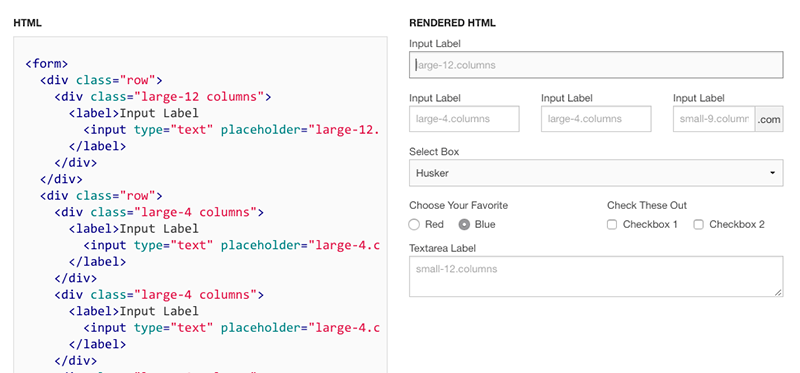


If a child element has an absolute value then the parent element will behave as if the child isn’t there at all. The second is the title of the article and it stays visible at the top of the screen, while the body of the content disappears behind it on scroll (which is the typical sticky. The state on which the CSS sticky element is currently present depends on the scroll position of the browser window. There are three sticky elements in our example: The first one is the category header that slides under the body of the article once it reaches the top of the screen. A position sticky element toggles between the relative value and the fixed value on the viewport.
inherit: the position value doesn’t cascade, so this can be used to specifically force it to, and inherit the positioning value from its parent. The fifth value of the CSS: Position that came after all of the values discussed above is the sticky value. The difference is that an element with position: sticky behaves like position: relative within its parent, until a given offset threshold is met in the viewport. position: sticky is a new way to position elements and is conceptually similar to position: fixed. Web developers can follow development, check feature status, download Safari Technology Preview to try out the latest web technologies, and report bugs. Get started contributing code, or reporting bugs. Please note that the demo will only work in Chrome, Safari and Opera at. Stick your landings position - sticky lands in WebKit. WebKit is the web browser engine used by Safari, Mail, App Store, and many other apps on macOS, iOS, and Linux. The following demo illustrates that point, where the top navigation is default relative positioning and the second navigation is set to sticky at the very top of the viewport. When it is not fixed to the viewport, the element will act like it is position: relative. sticky: the element is treated like a relative value until the scroll location of the viewport reaches a specified threshold, at which point the element takes a fixed position where it is told to stick. At that point, the element becomes sticky and remains at a fixed position 50px top of the screen. position:sticky is a CSS positioning attribute that allows you to fix an element to the viewport (i.e, anchor it to the top of the screen) but only when its parent is visible in the viewport and it is within the threshold value. In fact they behave almost the same, only fixed positioned elements are always relative to the document, not any particular parent, and are unaffected by scrolling. Grid auto-placement will place our items in source order and so the header goes. We then create a single column grid layout with three rows, one row for each part of our layout. wrapper has a minimum height of 100 which means it is as tall as the container it is in. The element is treated as relative positioned until it crosses a specified threshold, at which point it is treated as fixed positioned. In the above example we achieve the sticky footer using CSS Grid Layout. MDN explains it well: Sticky positioning is a hybrid of relative and fixed positioning. fixed: the element is removed from the flow of the document like absolutely positioned elements. WebKit dropped in 2013, Firefox in 2014, and now Blink in (probably) 2016. absolute: the element is removed from the flow of the document and other elements will behave as if it’s not even there whilst all the other positional properties will work on it. 
The positional properties “nudge” the element from the original position in that direction. But now left/ right/ top/ bottom/ z-index will work.
relative: an element’s original position remains in the flow of the document, just like the static value. So if there is a left/ right/ top/ bottom/ z-index set then there will be no effect on that element. static: every element has a static position by default, so the element will stick to the normal page flow. Does anybody know of a workaround for this issue? The goal is to make the header always sticky, while at the same time to size the container so that it would occupy the part of the viewport left over by the "Title".Relative is only one of six values for the position property. It seems that this bug shows up when the container is sized using flex layout. Theres position fixed in a cloned header, full JavaScript. In Chrome and Firefox it always remains sticky as expected. There is a plethora of options available when trying to solve the sticky table header problem. If you open this Fiddle in Safari (12.1.2 but should work for all recent versions) and start scrolling down the white scrollable area, at first the sticky "Header" element will remain sticky, but will later scroll off the screen.







 0 kommentar(er)
0 kommentar(er)
